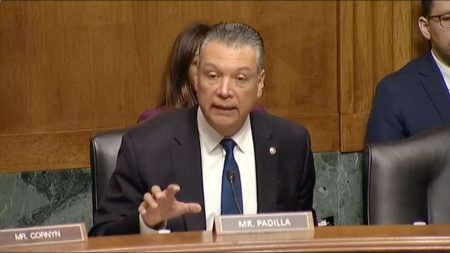Resolution Regarding the I-26 Connector
NC Department of Transportation I-26 Connector, TIP Project-2513
WHEREAS, the North Carolina Department of Transportation (“NC DOT”) has issued a Draft Environmental Impact Statement (“DEIS”) for the I-26 Connector Project, TIP Project I-2513 (“the project”); and
WHEREAS, NCDOT is seeking public input on the DEIS and held a public information session and hearing on November 16, 2015; and
WHEREAS, the City of Asheville is providing comments to NCDOT on the DEIS through a letter and this resolution; and
WHEREAS, the I-26 and I-240 corridors are critical to local and regional residents, visitors, interstate travelers, and regional commerce; and
WHEREAS, traffic congestion and safety are continuing challenges along I-240 and I-26 through Asheville; and
WHEREAS, improvements to the I-240 and I-26 corridors should be minimally impactful to the local community and should enhance the quality of life for residents and the quality of experience for visitors wherever possible; and,
WHEREAS, NC DOT has been responsive to input from the City of Asheville and Buncombe County by including new bicycle and pedestrian facilities in the DEIS; and,
WHEREAS, the NC DOT has committed to run the new, local travel demand model and undertake a capacity analysis that considers a six-lane alternative for Section A and has stated that that fewer lanes would be built if these analyses demonstrate fewer lanes would be sufficient; and,
WHEREAS, members of the community have expressed at the November 16 public hearing and through letters their strong preference for a project that addresses current congestion and safety problems but also one that is smaller overall, better reflects the character of Asheville, incorporates additional bicycle and pedestrian facilities, and minimizes harm to the affected neighborhoods of West Asheville, Burton Street, Emma, and Montford; and,
WHEREAS, the City of Asheville seeks a closer working relationship with NC DOT on the ongoing design of this project to ensure its impacts are minimized;
Now Therefore Be it Resolved by the City Council of the City of Asheville that:
The City of Asheville calls on NC DOT to use any and all tools at its disposal to reduce the overall size and impact of the project on Asheville’s neighborhoods and businesses and to improve community connectivity through inclusion of additional bicycle and pedestrian elements required by NC DOT’s Complete Streets policy, reflected in adopted City plans and policies, and referenced in the December 9, 2015, cover letter and December 8, 2015, Memorandum from the City of Asheville, both of which are specifically incorporated herein by reference.
The City of Asheville further calls on NC DOT to analyze in both the travel demand model and the capacity analysis a six-lane alternative in Section A (the West Asheville section) coupled with four lanes for I-26 in Section B (the bridge section) and to construct as few lanes as possible to address safety and congestion.
The City of Asheville further calls on NC DOT to partner with the City in creating a collaborative working group of City appointees and NC DOT design professionals that will meet regularly starting in early 2016 and throughout the design phase to:
- minimize the project’s size and impact, which will provide community benefits and reduce cost;
- ensure adequate consideration of the concerns listed in the City’s comment letter;
- analyze the travel demand model, capacity analysis, and the methodology of calculating Level of Service in an effort to gain consensus on these foundational elements of the project; and
- identify opportunities to return land around the project to productive, tax-generating use and to ensure land on the east side of the river under any new bridges is put to use in a way that enhances the riverfront
- identify opportunities to repair or redress impacts of previous transportation projects on neighborhoods and businesses.
In order to provide the most benefit to the Asheville community while also accommodating through traffic, and for all the reasons stated in the City of Asheville’s comment letter, the City of Asheville endorses Alternatives 4 and 4B for Section B and calls on NC DOT to further minimize the size and scale of these alternatives, particularly the impacts on the Burton Street Community, the impacts of Alt. 4 on the Emma Community, and the impacts of Alt. 4B on the Montford Community. Following completion of the new travel demand model and capacity analysis and focused exploration with NC DOT of options to reduce the overall size and impact of the project, the City of Asheville anticipates being able to endorse a single alternative but, in the absence of additional information, is not able to do so at this time.
The City of Asheville endorses Alternative F1 for Section C (I-40/I-26/I-240 interchange) in order to minimize the footprint and cost, while achieving the primary objective of creating full movement between interstate highways. For the reasons cited in the City’s comment letter, the City of Asheville does not endorse the increased expense associated with the proposed collector roads and widening of I-40 east of Brevard Road.
Read, approved and adopted this the 8th day of December, 2015.






